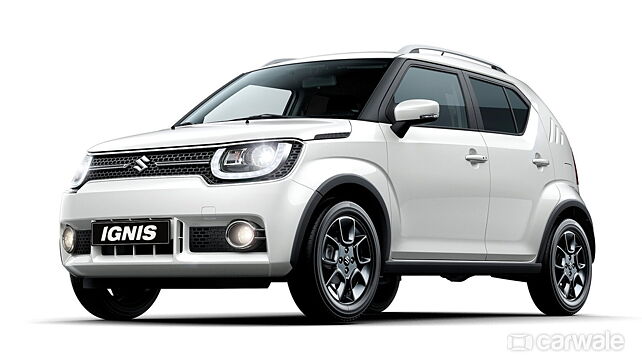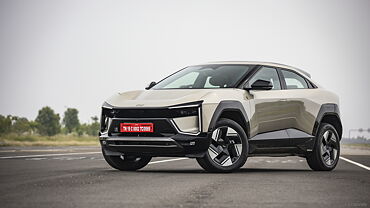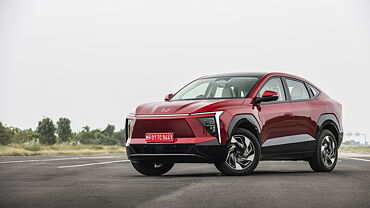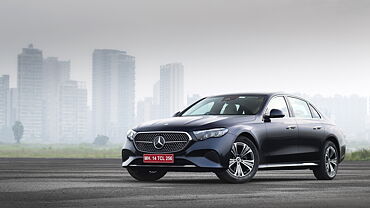
The month of January brought a relief to automakers in India as they put the effects of demonetisation behind. Compared to previous month, the New Year brought an improved sales figures, abetted by the fact that buyers prefer to have a new vehicle registered in the New Year. Maruti Suzuki and Tata launched their highly-anticipated and important products in January. With the Ignis joining as the third entrant in the Nexa family, sales numbers read an interesting story in January. The month saw total sales of Nexa eclipsing most other manufacturers, save for Mahindra and Hyundai.
Let’s get down to the numbers to elaborate it. The Ignis in its first month of sale found 4,830 buyers. The S-Cross sold 2,109 units in January and at a whopping 10,476 units, the premium hatchback, the Baleno was the eighth highest selling car in the first month of 2017. With three products on offer, Maruti Suzuki’s Nexa premium brand alone posted a cumulative sale of 17,415 units in January.
Compared to other manufacturers, Nexa outsold almost all the others. The margins are far from being close to some manufacturers. In comparison, Chevrolet managed to sell 1,808 units, Ford sold 7,995, Nissan managed 4,346 including Datsun, Skoda with 1,220, a dismal 288 for Fiat, while Volkswagen vended 4,060 units. Renault sold 8,791 units and Tata found an impressive 12,906 takers. Honda came close with 15,592 units.
The only two manufacturers selling more than Nexa were Hyundai (which has the second highest market share in India, after Maruti Suzuki) and the home-grown Mahindra. Mahindra managed to sell 19,152 units, riding on the trusty-old Bolero and Scorpio sales. While the Korean manufacturer’s domestic sales grew by 10.5 per cent as it sold 42,017 units in the month of January.
The Ignis’ sales figure is expected to grow further more in coming months. The new Baleno RS is on its way while the next-gen Ciaz will move to the Nexa banner. Nexa alone looks to be a strong competitor in the year ahead. The bold decision by the Indo-Japanese manufacturer to introduce a premium has borne fruit and the numbers prove just that.



































